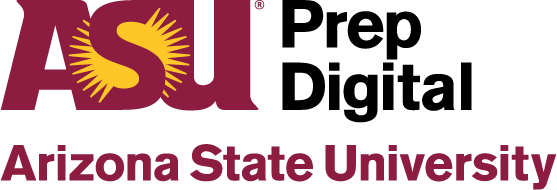Reading is one of the most fundamental ingredients to life. It provides a window to the world and opens doors. Reading gets your mind working across different areas—stimulates imagination, recounts memories, and uses analytical abilities. Frederick Douglass said, “Once you learn to read, you will be forever free.”
Yet there are many people who struggle to become proficient readers.
Literacy Facts
One in five U.S. adults (21 percent) are illiterate. This translates into 43 million U.S. adults who possess low literacy skills, meaning they do not possess the skills necessary to complete tasks that require comparing and contrasting, paraphrasing, or making low-level inferences.
In 2019, according to the National Center for Education Statistics, 34 percent of 4th-grade students read below the Average National Assessment of Educational Progress basic reading level.
Have you ever wondered why some children have difficulty learning to read and question why they struggle?
The Science Behind Reading
The term “science of reading” refers to the research cognitive scientists and reading experts have conducted for more than 20 years on how we learn to read. This new understanding has helped debunk older methods of reading instruction that were based on tradition and observation, not evidence.
Developed by Arizona Virtual Teacher Institute, the “Science of Reading: Supporting Struggling Readers” is a series that teaches participants how the brain learns to read and what instructional steps are needed to build a “reading” brain.
“One question we get over and over again is, what do I do with students who are reading five levels below the grade level I’m teaching at?” said Heide Morton, Lead Training Specialist at ASU Prep Digital. “Reading is embedded in all aspects of content—whether teaching math or science—we’re all reading teachers.”
In this teacher training series, participants will first be immersed in how the brain works and how it learns to read. There are seven Science of Reading principles, and the first principle is: Reading is not natural; it must be taught. Scarborough’s Reading Rope, which includes word recognition and language comprehension, will also be covered. This professional development session is free for Arizona teachers.
Morton, an educator for 17 years, said this series is especially beneficial for 3rd-8th grade educators, but can be for higher grades as well. “This age in particular is where we see a noticeable gap between proficient and struggling readers.”
Participants will discover why some children have difficulties learning to read and the training then moves into diagnostics and assessments. The last portion of the series is resources and proven strategies to help struggling readers before, during and after reading.
“Science-based reading instruction reduces the need for intervention and allows children to move forward as capable and confident learners,” said Morton. “We have a shared responsibility to help students build their reading skills. It’s all hands on deck. We need to work together.”
Resources
National Center for Education Statistics
Adult Literacy in the United States
If you’re interested in bringing ASU Prep Digital Science of Reading: Supporting Struggling Readers teacher training to your school or district, please visit asuprepdigital.org/training.


